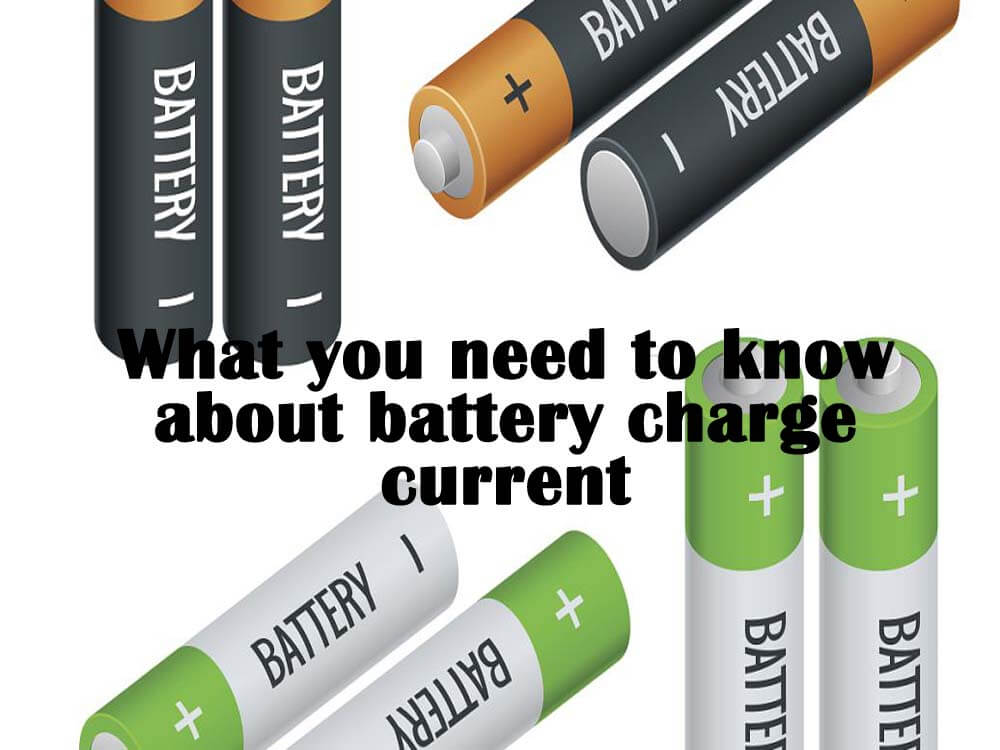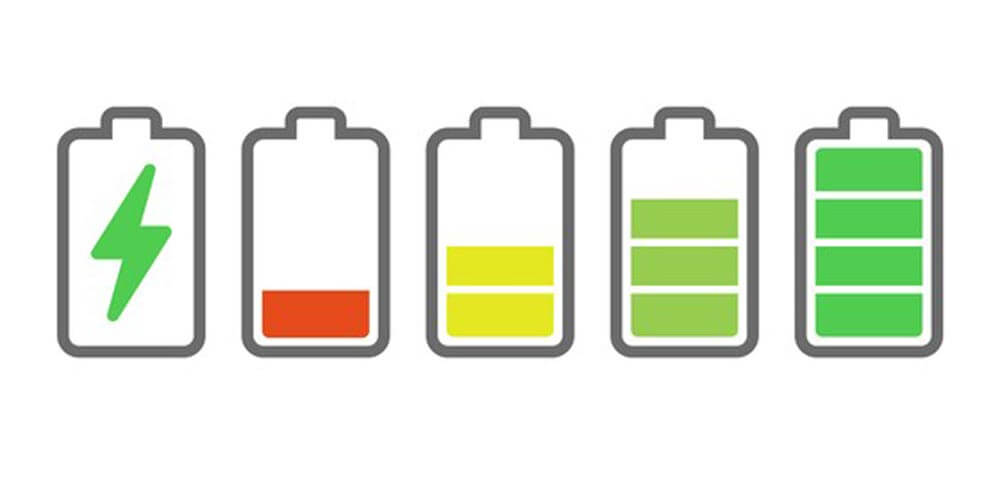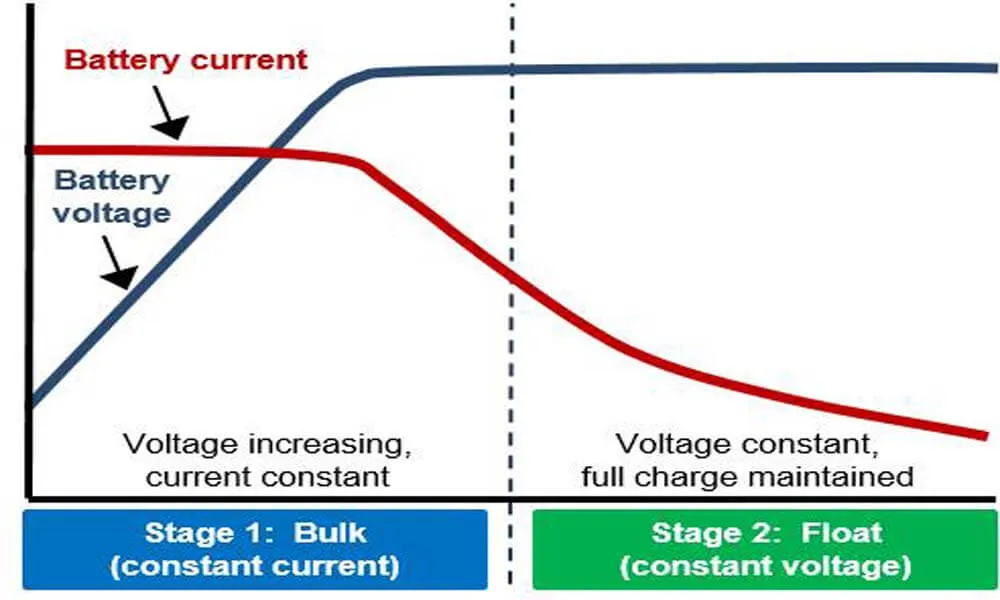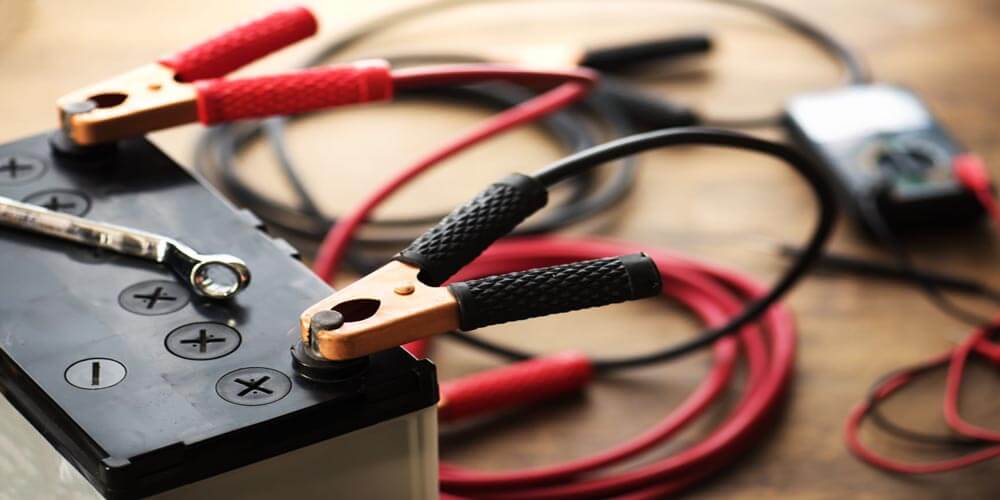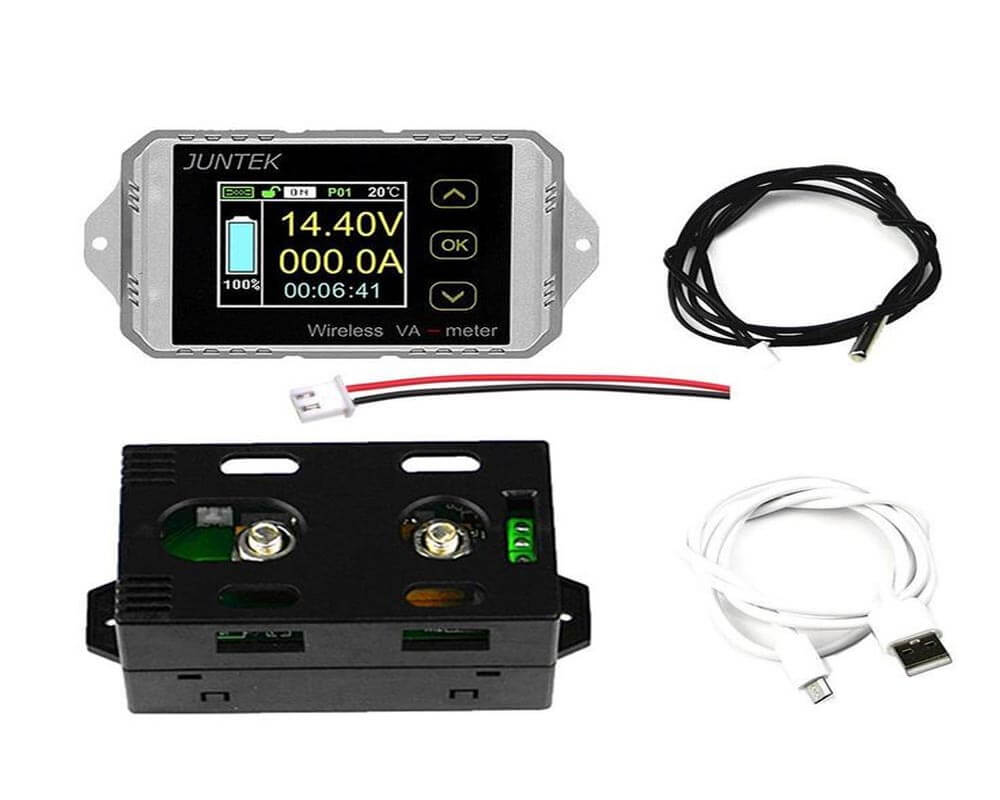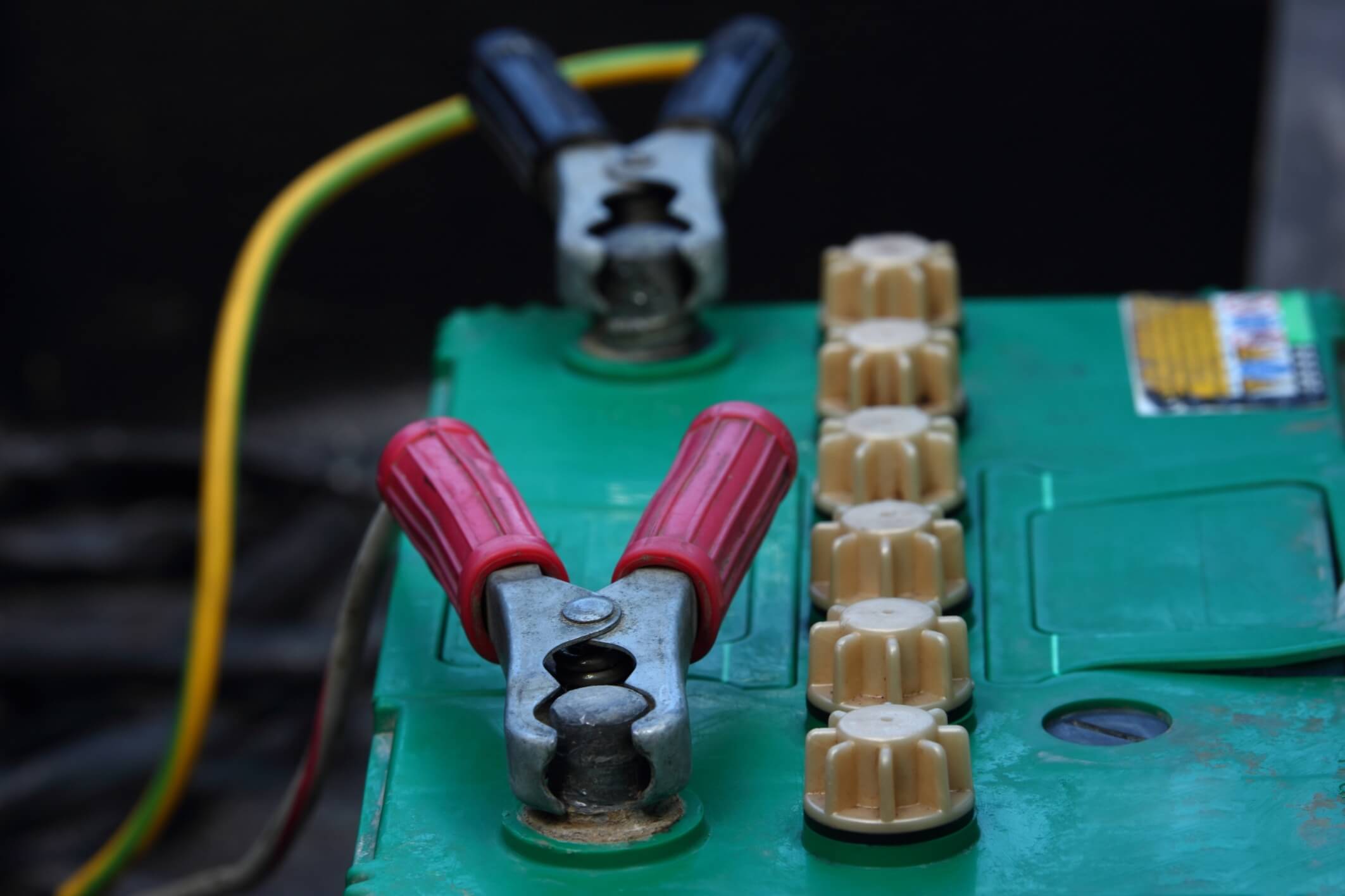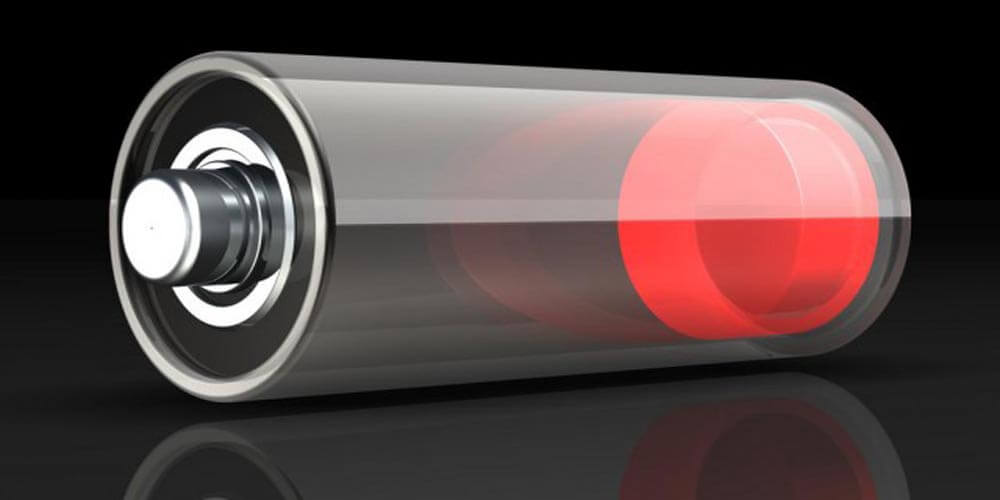Home » battery industry » What you need to know about battery charge current
What you need to know about battery charge current
- What is battery charge current
- What is the difference between charge current and discharge rate
- Why is battery charge current important
- Does charger’s current matter when charging a battery
- How to measure battery charge current
- Factors that affect battery charge current
- How can you use battery charge current to maintain the life of your batteries
- What are some potential applications for accurate battery charge current measurement
- Best ways to maximize your battery charge current
- What are some common misunderstanding about battery charge current
- Final take
When people think about batteries, they generally think about the amount of energy that a battery can store. However, another important factor to consider when choosing a battery is the charge current. There are much more basics of battery charge current and what it means for your device.
When it comes to battery current, there are things you need to know in order to keep battery healthy and performing at its best. One thing that is often misunderstood, however, is charge current. In this article, we will discuss what charge current is and how it affects your battery. We will also provide some tips for keeping your battery current running optimally. Read on to learn more!
What is battery charge current
The charge current or often referred to as “current” is the measure of how fast a battery can be charged. It is typically rated in amps, with higher numbers meaning faster charging speeds and lower ones meaning slower charging times.
The current that charges a battery is often measured in amperes. Amps can be defined as the amount of charge passing through any cross section of a conductor per second, and with this, it helps determine the time taken for a battery to be completely charged.
Lithium-ion batteries are usually charged with constant current and constant voltage. Before starting to charge, first detect the battery voltage; if the battery voltage is lower than the threshold voltage (about 2.5V), then the battery is charged with a small current of C/10 to make the battery voltage rise slowly; when the battery voltage reaches the threshold voltage. At this stage, it enters constant current charging.
The battery is rapidly charged with a large current (0.5C ~ 1C) intensity in this stage. The battery voltage rises rapidly, and the battery capacity will reach about 85% of its rated value when the battery voltage rises; after reaching the upper limit voltage 4.2V(LiFe4 battery is 3.65 volts), the circuit switches to constant voltage charging mode.
Basically, A battery voltage is maintained at 4.2V, the charging current gradually decreases, and the charging speed becomes slower. This stage is mainly to ensure that the battery is fully charged.The battery is fully charged when the charging current is lower than 0.1C or 0.05C.
What is the difference between charge current and discharge rate
You may have heard people talk about how fast a battery charges or discharges, but do you know what they are talking about? Batteries come in different sizes depending on their intended use; however all batteries cell must be rated for capacity in milliamps as well at least one of these ratings: amps (amperes), Ah – amperage rating which tells us how quickly electricity can flow through it.
The discharge rate is usually stated in Amp-hours (A·h). It measures the amount of current that the battery for a 1-hour period can supply. The discharge rate multiplied by the battery capacity gives you the total amp-hours that the battery can provide. For example, if you have a 10 A·h battery and you discharge it at a rate of 2 A, then it will be discharged in 5 hours.
In a more simple way to understand it better, a battery charger measures how quickly it can load voltage into a cell. The discharge rate describes how long the battery will last before it is charged again. Recently, Lithium-ion batteries have been admired because they have a high discharge rate, meaning they can provide power quickly.
Why is battery charge current important
Battery charge current is important because it determine how your battery will function and how long it will stay . The national standard stipulates that the charging current of lithium-ion batteries is 02.C-1C. The battery charging current generally uses ICC.
In order to protect the battery cell, it is not recommended to charge the lithium battery with a high current. If the battery is charged with a low current and a large current, it will heat up quickly and damage the battery. If you want to prolong the life, you can charge it at 0.3C. Higher (15C) charge and discharge current, suitable for use as a power battery.
Does charger’s current matter when charging a battery
The current used to charge a battery could have an effect on its lifetime. When charging a battery, it is important to make sure that you are using the right type of charger for your specific model. Low current charging is recommended to ensure that there is a more efficient and cooler power supply, as well as its optimal charge time.
When using a less amperage than your original charger, you risk overheating and malfunctions. This will cause the device to function poorly so it is important not only do they have enough wattage but also amperage for proper performance of all functions.
If you have a low-quality charger, then your batteries will take longer to fully recharge and may even lose power as they are being charged because of this poor quality control in production. Nowadays there’s an immense variety in terms of devices with different standards when determining how fast they charge themselves so don’t just rely on what type says on them. double check whether this particular one works well enough before putting out more money than necessary.
How to measure battery charge current
There are two ways to measure battery charge current. First is by using an ammeter, which you can set up in series with the charging system and then check for voltage drop across it when reading out how much juice there still left on board. Another option is to calculate that the charging current of the battery is generally 10% of the battery capacity.
Like the battery, charge current on a lithium ion battery is usually about 0.5C to 1C .This is a standardized measure that the manufacture have designed. This idea can help you analyze your battery’s functionality. It is very important to always check whether your battery still performs.
Factors that affect battery charge current
When it comes to battery charging, a few things influence how much current flow into and out of the battery. The most important of these are the battery’s state-of-charge (SOC), temperature, and age.
The SOC is a measure of how much energy is stored in a battery, with 100% representing a fully charged battery and 0% representing a discharged battery. The higher the SOC, the less current will flow into and out of the battery. This is because as batteries become more charged. their internal resistance decreases, making it harder for current to flow in and out.
Temperature also affects how much current flow into and out of batteries. As temperature increases, so does .For example, Li-ion batteries have a higher charge current than other traditional batteries. In addition, small batteries tend to have a higher charge current than large batteries. Additionally, older batteries tend to have a lower charge current than newer batteries. Finally, colder environments can reduce a battery’s charge current.
How can you use battery charge current to maintain the life of your batteries
There are a few ways you can use your battery charge current to maintain the life of batteries. For most batteries, it is recommended to use a charge current of 0.5C or less. This means that the current should be no more than half the rated capacity of the battery. So for example, if you are using a 54 Ah battery, the charge current should be no more than 14A. Using too high a current can cause damage to the cells and reduce the life of the battery
Actually, the right battery charge current will enable the battery to function well. This means your battery life shelf will be greatly achieved in regards to the recommended precautions. It is always a good practice to handle your battery with the care.
What are some potential applications for accurate battery charge current measurement
There are many potential applications for accurate battery charge current measurement. One application in particular, the power industry uses these readings to make sure that energy companies are able provide their customers with clean sustainable sources of electricity without risking outages or worse yet.
Fires due unknown factors like faulty wiring caused by electrical shorts which can occur when there’s not enough battery juice left on hand before switching off at night time.
You can use accurate battery charge current measurement to determine if your batteries are getting enough voltage or amperage, detect when they’re done charging by looking at how much power remains in them and even know exactly how long it takes for a certain task such as starting up an engine because you’ll always have more than enough battery current.
Best ways to maximize your battery charge current
The best way to maximize your battery charge current is by following these three simple tips. First, make sure that the device charging has enough wattage for what you want it do; this will help ensure proper voltage distribution and reduce risk of damage caused through overheating or over-current draw from an underpowered wall outlet.
Also, try to avoid letting your battery run all the way down before charging it. This will help keep the cells healthy and extend the life of your battery. Another thing you can do is make sure that you are using a charger that is compatible with your device.
Some chargers put out more power than others did, so it is important to use one that is designed for your specific device. Finally, be sure to keep your device in a cool, dry place when not in use. High temperatures can damage the battery and reduce its lifespan.
What are some common misunderstanding about battery charge current
The common myths about battery charge current are that it is dangerous, or cannot be charged quickly enough to power your device. This could not be further from the truth! In fact, there is a very specific standard for how many amperes (or volts) should go into each cell of any given size at all times. Therefore, you know exactly what kind of energy they are capable of before even putting them into use.
Another myth is that the battery’s charge current remains at one level until the battery is fully charged, which is false. The charging current of the battery will decrease, and the battery charging current will decrease as it approaches full capacity until the battery is fully charged.
Another is that there is no harm in charging a fully charged battery because the current will be very small. This may sound right, but it’s wrong!
Charging a battery beyond its rated capacity will not permanently damage it, but it will cause the battery to heat up and possibly shorten its lifespan.
Final take
Battery charge current is one of the most important factors when it comes to battery life. It is important to measure battery charge current so that you can extend the life of your batteries. There are many factors that affect battery charge current, and understanding them will help you get the most out of your batteries.
There are some common myths about battery charge current. It is important to know the truth so that you can make informed decisions about your batteries. Ensure try to choice the lithium ion batteries because they will help you better than other batteries out there.

